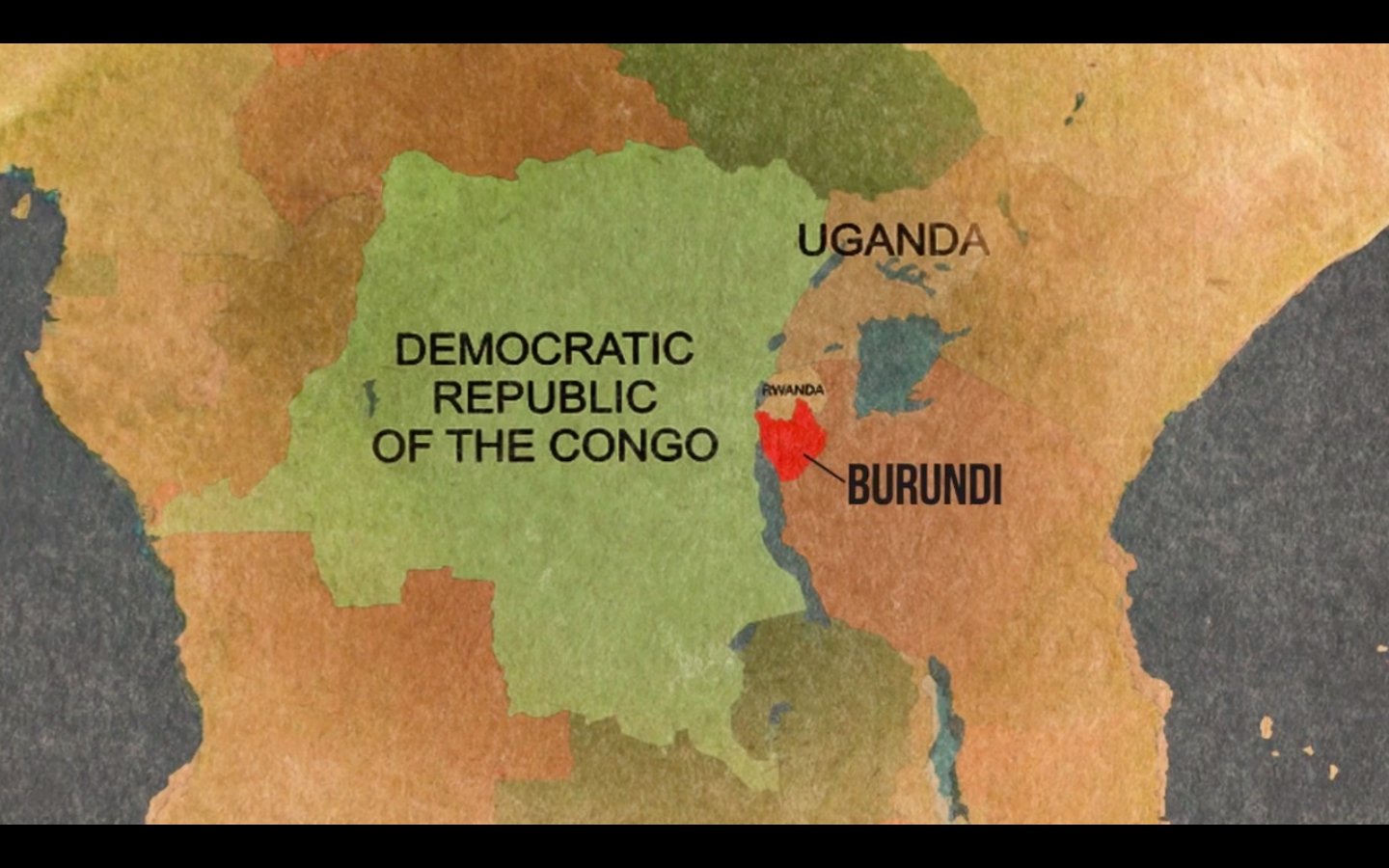The small nation of Burundi sits in the heart of sub-saharan Africa, sharing borders with the Democratic Republic of Congo (DRC), Rwanda, and Tanzania. It was colonized by Germany in the early 1900s, then at the end of WWI became part of the Belgian Congo. It remained part of Belgium until independence in 1962, and retains French as its official language as part of this heritage.
Civil War
Burundi has the same primary ethnic groups as Rwanda -- the Hutus and Tutsis -- and faced the same genocide as Rwanda in the 1970's and 90's, but did not receive the same media attention or foreign aid. Decades of warfare and corruption has left Burundi the hungriest nation in the world according to the 2014 Global Hunger Index, and one of the poorest countries on earth.
There is also an appalling lack of access to healthcare. With a population of around twelve million people residing in a country slightly smaller than the size of the Ozarks in Southwest Missouri, Burundi has a physician density of 5 physicians per 100,000 people (compare with 900 physicians in Springfield, MO).
Most physicians receive no formal training after medical school. The best and brightest often seek further education elsewhere and rarely return to practice in Burundi. War. Hunger. Poverty. A lack of access to healthcare and education. This is not what God intended for his creation to endure, and we know that He grieves with us over these issues.
Hope Africa University
Burundian refugees took a stand against the darkness and started Hope Africa University (HAU) in 2000. The school quickly became the country's premier Christian university. The president of Burundi commissioned HAU to start a medical school in an effort to tackle the dire health conditions in the country (such as the sixth highest maternal mortality rate in the world). In faith, the leadership bravely moved ahead without medical faculty, without a teaching facility, and without a curriculum. Their prayers are being answered.
Kibuye Hope Hospital
In the mountainous farmlands of rural Burundi HAU designated a small 80-bed hospital as the clinical teaching site for HAU medical students. The facility was inadequate by any standards, but basic improvements were initiated and have continued for the past decade. For example, the hospital just got consistent running water during these initial years.
God has brought a team of missionary physicians and their families committed to serve and teach at Kibuye Hope Hospital. HAU's leadership is using this remote teaching hospital to bring hope to a broken nation in the name of Jesus. As they move toward this goal, they recognized the need for large-scale improvements to the hospital infrastructure and produced a master engineering plan that will serve as a roadmap for transforming this facility. That plan is being implemented, and the hospital has grown to just over 300 beds, with a new surgical ward and a new 3-story pediatric building as two of the recent construction projects to finish.
When the master plan is fully implemented, Kibuye Hope will be a full-service referral hospital with 350 beds.





